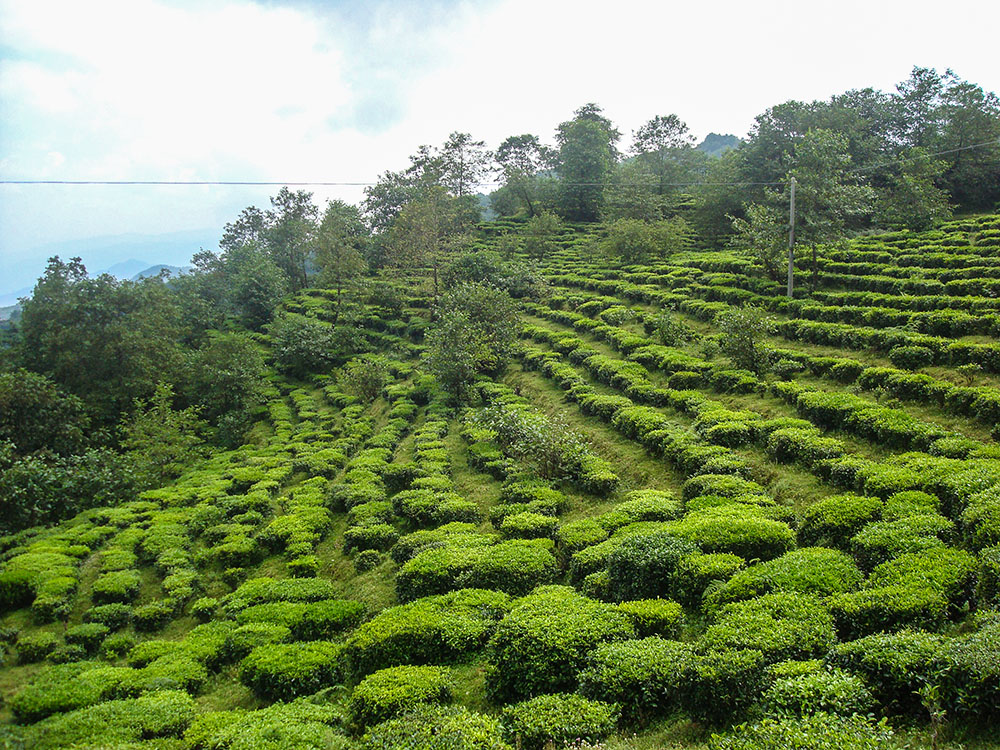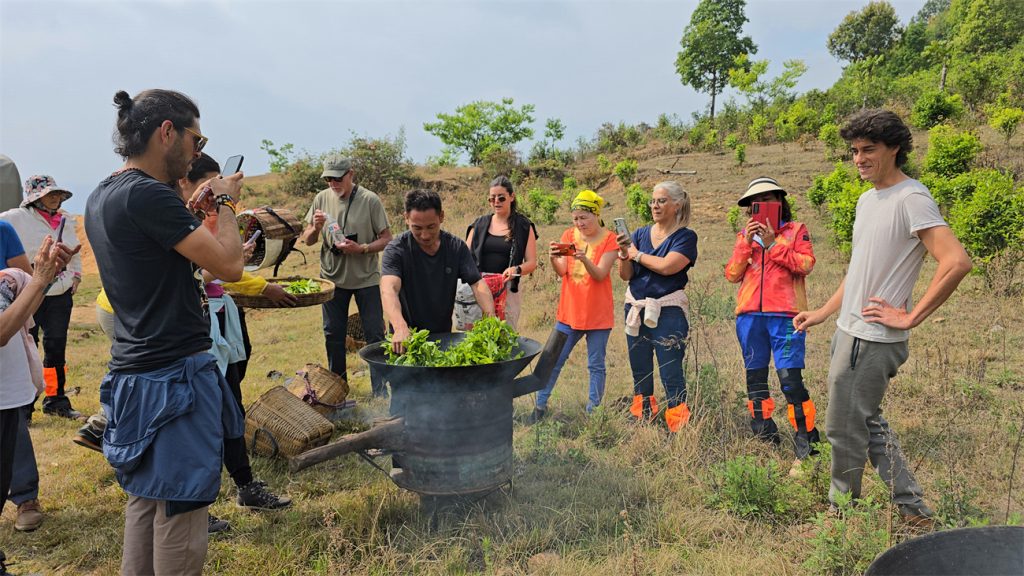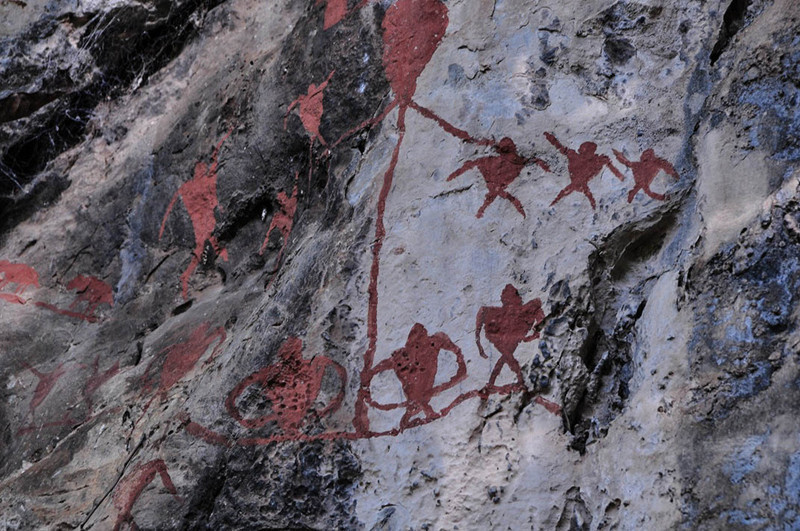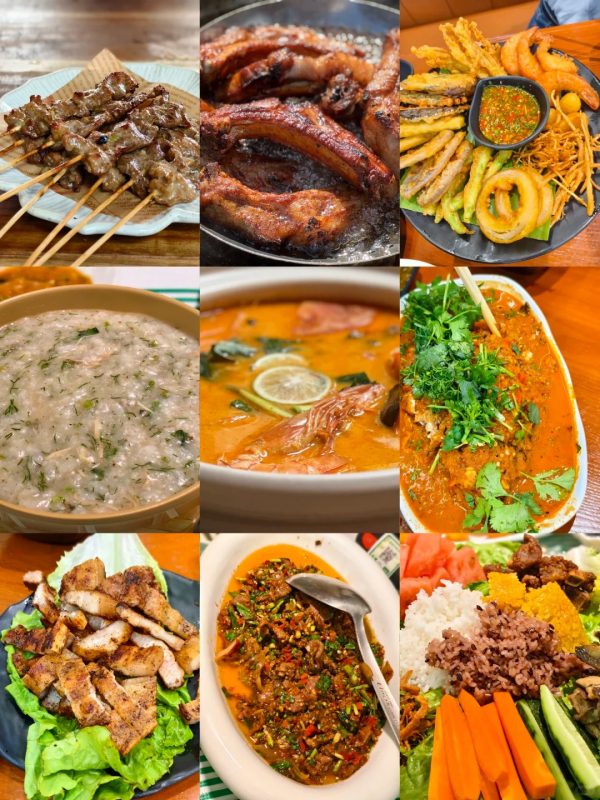Lincang Travel Weather and Climate in January
Tucked away in Yunnan’s southwest near the Myanmar border, Lincang(临沧)is a land of ancient tea forests, peaceful mountains, and rich ethnic cultures. As one of the birthplaces of Pu’er tea, it’s a dream for those seeking quiet highland escapes and authentic minority traditions. In January, the air is crisp but mild, and the winter sun brings golden light over tea terraces and bamboo villages.

☀️ Weather in January
| Feature | Data | Description |
|---|---|---|
| 🌡️ Average High Temp | 20–24°C (68–75°F) | Warm and sunny in lower valleys |
| 🌡️ Average Low Temp | 8–12°C (46–54°F) | Cool mornings, pleasant during the day |
| 🌧️ Rainfall | 10–15 mm | Dry season, with occasional mountain mist |
| ☀️ Sunshine | 20+ days | Ideal for hiking, photography, and village walks |

✅ Great weather for slow travel and tea tourism in the highlands.
👕 What to Wear in January
Daytime: Long-sleeve shirts, light jacket, hiking pants or jeans
Evening: Warm fleece or light down jacket for higher elevations
Footwear: Comfortable walking or trekking shoes
Extras: Sunglasses, hat, moisturizer — dry air and strong sun

🧭 What to Do in January
🍵 Visit Ancient Tea Mountains
Explore Bingdao, Fengqing, or Yongde tea areas, home to centuries-old tea trees
Join local tea farmers for tasting, roasting, and storytelling
Stay in Wa or Lahu minority villages and experience mountain life firsthand
January is quiet and peaceful — ideal for sipping aged Pu’er tea

🏞️ Hike in the Lincang Highlands
Walk through terraced tea fields, bamboo forests, and cloud-kissed ridges
Popular eco-walks include Mangbang Mountain and the Lancang River valley
Great for nature lovers and landscape photographers
🛤️ Explore Borderland Culture in Cangyuan
Visit the Cliff Paintings of Cangyuan, over 3,000 years old
Discover Wa culture, including traditional music, costumes, and animist traditions
Border markets near Myanmar open occasionally during dry season

🎉 Festivals & Culture in January
🧧 Wa and Lahu New Year Traditions (late January)
Though the Wa New Year is usually in December, villages often continue celebrations into January
Expect drumming, tribal dances, and buffalo totems in remote areas
Families roast tea leaves and meats over open fires for guests
🏮 Chinese New Year Preparations
Han, Dai, and Wa communities begin preparing with lanterns, home blessings, and community feasts
Local markets offer festival snacks, dried fruits, and mountain spices
🍲 What to Eat in January
Wa-style stone-grilled pork — smoky, spicy, and rich
Fermented tea leaf salad — a cross-border flavor
Sticky rice in bamboo tubes — traditional and fragrant
Handmade tofu with wild herbs — local winter specialty
High-mountain Pu’er tea — mellow, earthy, and warming
🍜 Enjoy a tea-infused meal in a wooden village guesthouse under the stars.

✅ Why Visit Lincang in January?
| Experience | Highlight |
|---|---|
| 🍵 Tea Culture | Ancient tea mountains, ethnic tea rituals |
| 🏔️ Nature | Highland scenery, sunny skies, fresh mountain air |
| 🎭 Traditions | Wa and Lahu customs, village festivals |
| 🧘 Wellness | Peaceful rural atmosphere, slow living |
| 📸 Authenticity | Low crowds, real communities, off-the-beaten-path |
✨ Lincang in January: A Quiet Journey Through Tea & Time
Imagine sipping tea beside a 500-year-old tree, watching smoke rise from clay chimneys in the hills, and hearing the rhythmic echo of Wa drums in the valley. Lincang in January is not just a place — it’s a feeling of timeless calm.

 7 Days GolfingTour
7 Days GolfingTour
 8 Days Group Tour
8 Days Group Tour
 8 Days Yunnan Tour
8 Days Yunnan Tour
 7 Days Shangri La Hiking
7 Days Shangri La Hiking
 11 Days Yunnan Tour
11 Days Yunnan Tour
 6 Days Yuanyang Terraces
6 Days Yuanyang Terraces
 11 Days Yunnan Tour
11 Days Yunnan Tour
 8 Days South Yunnan
8 Days South Yunnan
 7 Days Tea Tour
7 Days Tea Tour
 8 Days Muslim Tour
8 Days Muslim Tour
 12 Days Self-Driving
12 Days Self-Driving
 4 Days Haba Climbing
4 Days Haba Climbing
 Tiger Leaping Gorge
Tiger Leaping Gorge
 Stone Forest
Stone Forest
 Yunnan-Tibet
Yunnan-Tibet
 Hani Rice Terraces
Hani Rice Terraces
 Kunming
Kunming
 Lijiang
Lijiang
 Shangri-la
Shangri-la
 Dali
Dali
 XishuangBanna
XishuangBanna
 Honghe
Honghe
 Kunming
Kunming
 Lijiang
Lijiang
 Shangri-la
Shangri-la
 Yuanyang Rice Terraces
Yuanyang Rice Terraces
 Nujiang
Nujiang
 XishuangBanna
XishuangBanna
 Spring City Golf
Spring City Golf
 Snow Mountain Golf
Snow Mountain Golf
 Stone Mountain Golf
Stone Mountain Golf












